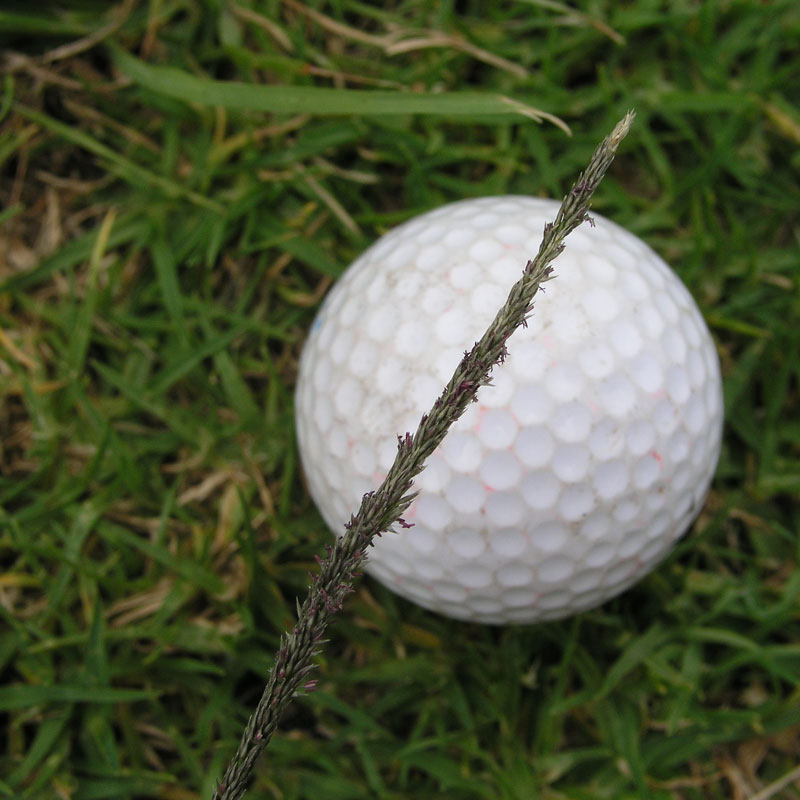What are C3 and C4 grasses?
Turfgrasses are commonly classified as cool or warm season grasses.

In the USA, this is defined as the cool season area in the north, warm season area in the south and a band through the middle known as the transition zone. It’s commonly said that “all grasses grow in the transition zone, just nothing grows particularly well”.
Warm season grasses thrive in warm summers and cool season grasses do well in cool winters, but neither flourish in opposite seasons.
The 2 groups have different growth requirements, responding differently to temperature, moisture and light. Jyri Kaapro Research Manager for Envu CropScience, Australia. Based in NSW, he specialises in turf management, particularly, the control of the weeds, insects and diseases that have a negative impact on turf quality.
Here, Jyri responds to the question: “What are C3 and C4 Grasses?”
Australian geographical zones for warm and cool season grasses
In Australia, warm season grasses are suited to northern areas and cool season grasses to the far south. Geographically, we have a limited true “cool season” area compared to North America and Europe. To apply the US terminology, in Australia the north is the warm season zone and the rest a transition zone with some isolated cool season pockets.
Understanding terms C3 & C4
Another way to describe these 2 grass groups is C3 and C4 grasses. Cool season grasses are C3 grasses, while warm season grasses are C4 grasses. The C refers to carbon and the number is the number of carbon atoms in the first compound produced by photosynthesis. So, cool season grasses produce a compound with 3 carbon atoms and warm season grasses a 4 carbon compound.
The 2 groups have different growth requirements, responding differently to temperature, moisture and light. Warm season grasses require higher temperatures and light with lower requirements for moisture. For cool season grasses, it’s the opposite.
Currently, we are aware of the regions where various grasses perform at their best and how to manage them, however, this is likely to change with the recent increase in atmospheric carbon dioxide (CO2).
Initial research assumed that C3 and C4 grasses (and plants in general) will respond in a different but predictable fashion to increased CO2 levels. Yet, recent research examined these impacts in more detail and the results are not as anticipated. There will certainly be changes but they are not predictable and the affecting forces are complex and dynamic.
| C3 | C4 | |
| Initial molecule formed during photosynthesis |
3 carbon | 4 carbon |
| Growth period | Cool season | Year-long warm season |
| Light requirements | Lower | Higher |
| Temperature requirements | Lower | Higher |
| Moisture requirements | Higher | Lower |
| Frost requirements | Lower | Higher |
| Growth | Lower | Higher |
Examples: Bent, ryegrass, wintergrass, fescue, Kentucky bluegrass Couch, kikuyu, Buffalo, Zoysia, Paspalum.
